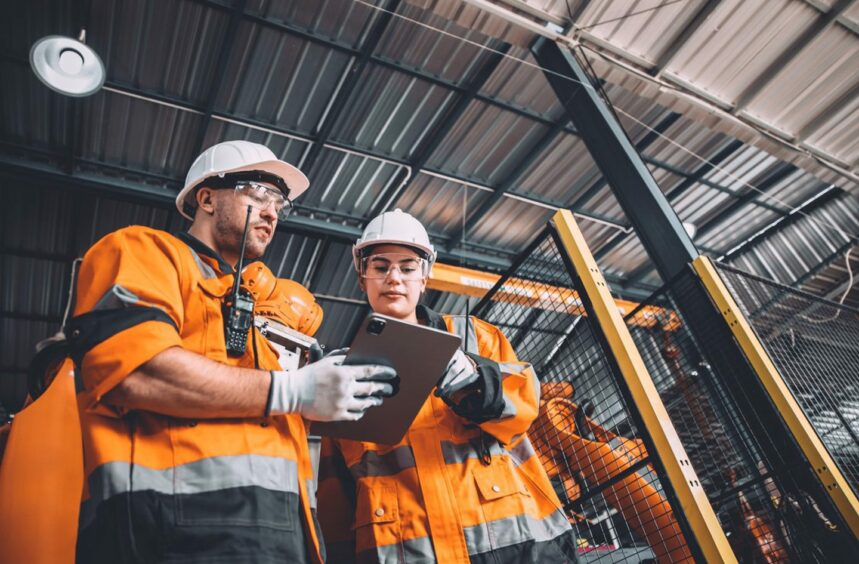
According to the Health and Safety Executive (HSE), approximately 1.8 million people suffered from a work-related illness in the UK in the fiscal year 2021/22.
Health surveillance is critical for tackling this significant public health issue. It refers to the systematic monitoring of workers’ health to identify and prevent workplace-related illnesses or injuries and is mandated under various health and safety regulations, such as the Control of Substances Hazardous to Health Regulations (COSHH) and the Management of Health and Safety at Work Regulations.
Employers have a regulatory requirement to provide health surveillance for their workers if the work they do is likely to cause them harm – for example, if they are exposed to hazardous substances or noise.
Health surveillance may include medical examinations, lung function tests, and hearing tests, among others.
The aim of health surveillance is to identify any health problems at an early stage, so that appropriate action can be taken to prevent any deterioration – this may include the implementation of engineering controls to reduce exposure to hazardous substances, changes to work practices and the provision of personal protective equipment.
In the UK, the HSE provides guidance to employers on health surveillance, including what types of surveillance are required and how often they should be carried out.
A health surveillance programme is essentially a regularly repeated, standardised oversight activity for health at work tailored on an individual level.
Health checks may be for noise, vibration and substances hazardous to health, and may include audiometry, spirometry, examination of the skin and/or a tiered health assessment for hand arm vibration symptoms.
Checks would usually involve a questionnaire followed by tests or investigations conducted by an occupational health clinician.
For occupational hazards such as ionising radiation, lead and high-hazard asbestos, there is a legal requirement that medical surveillance is conducted by an Appointed Doctor – an occupational health doctor appointed by the HSE.
The findings from each health check are interpreted by an Occupational Health clinician, who also examines any earlier results to decide if further action.
With appropriate consents in place, results are then shared with both the employee and employer – who will retain health surveillance documentation for the required period.
How would an employer know when a health surveillance programme is required?
An industrial hygienist would visit work sites to conduct risk assessments and determine exposure categories and health and safety requirements.
A full Health Risk Assessment (HRA) would form the basis of a robust health management system through a systematic evaluation of all the health hazards and associated risks in the workplace.
It is essentially an audit to establish any potential areas of improvement in compliance with relevant guidance, regulations, European Directives and company procedures. Existing practices are reviewed to come up with ways to continuously improve and ensure compliance.
A risk rating is applied to each of the parameters to enable clients to prioritise actions leading from this health review. The actions are designed to either improve compliance or reduce the risk to health – often both.
Recommended for you
